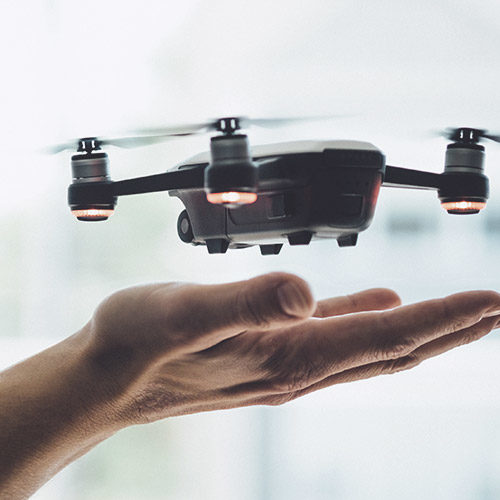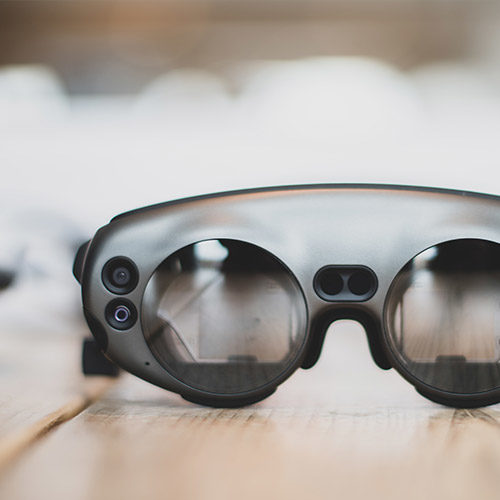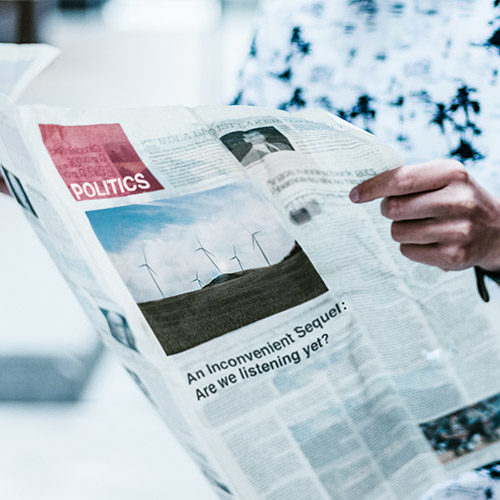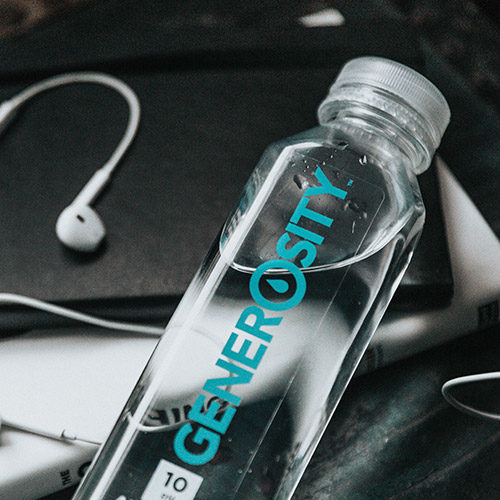Starting with a smart design plan can lead to cost reduction and maximum return on investment for hoteliers now and in the future. By implementing the following tips during the construction phase of your business, you will find a positive impact in the bottom line of your hotel operations.
Water Management Lowers Costs
Hotel designs that start with a consistent plumbing location minimizes the chances for future problems. Depending on the size of your establishment, low flow faucets can potentially save your hotel 1,000 gallons of water a day on average. Low flow faucets are specifically designed to mix air and water in a way that minimizes consumption while providing the guest the feeling of high volume flow. Installing these will allow you to reduce water costs while still keeping your guests happy.
Geographic Design Methods
A smart design is flexible to account for various locations. For example, winter is cold in North Dakota, so if you modified your building materials at your North Dakota hotel site to use 2” x 6” studs for exterior walls to provide more room for insulation to keep the Northern winter cold at bay, the quality of the thicker insulation will result in a slightly higher build cost but a 2.8 percent reduction in energy that is required to heat the property. Considering regional requirements and factors within the context of smart design and operational efficiency can result in beneficial changes in just one place or for all locations.
LED Lighting Saves on Energy
LEDs represent a smart design choice that saves hoteliers during construction and make up about 20 percent of the electricity costs that come with traditional lighting. LED lights use 80 percent less energy than incandescent bulbs, last five times as long as fluorescents, do not require special disposal due to hazardous chemicals (like neon, lead powder, mercury, etc.), and without glass coverings, there are no trapped insects to clean.
Smart design results in savings that go directly to the bottom line. However, to achieve the benefits, you must take some chances, plan for changes before construction and properly execute those plans during the build. Source1 can help you keep your operations efficient by providing you with suppliers to meet all of your purchasing and procurement needs.











